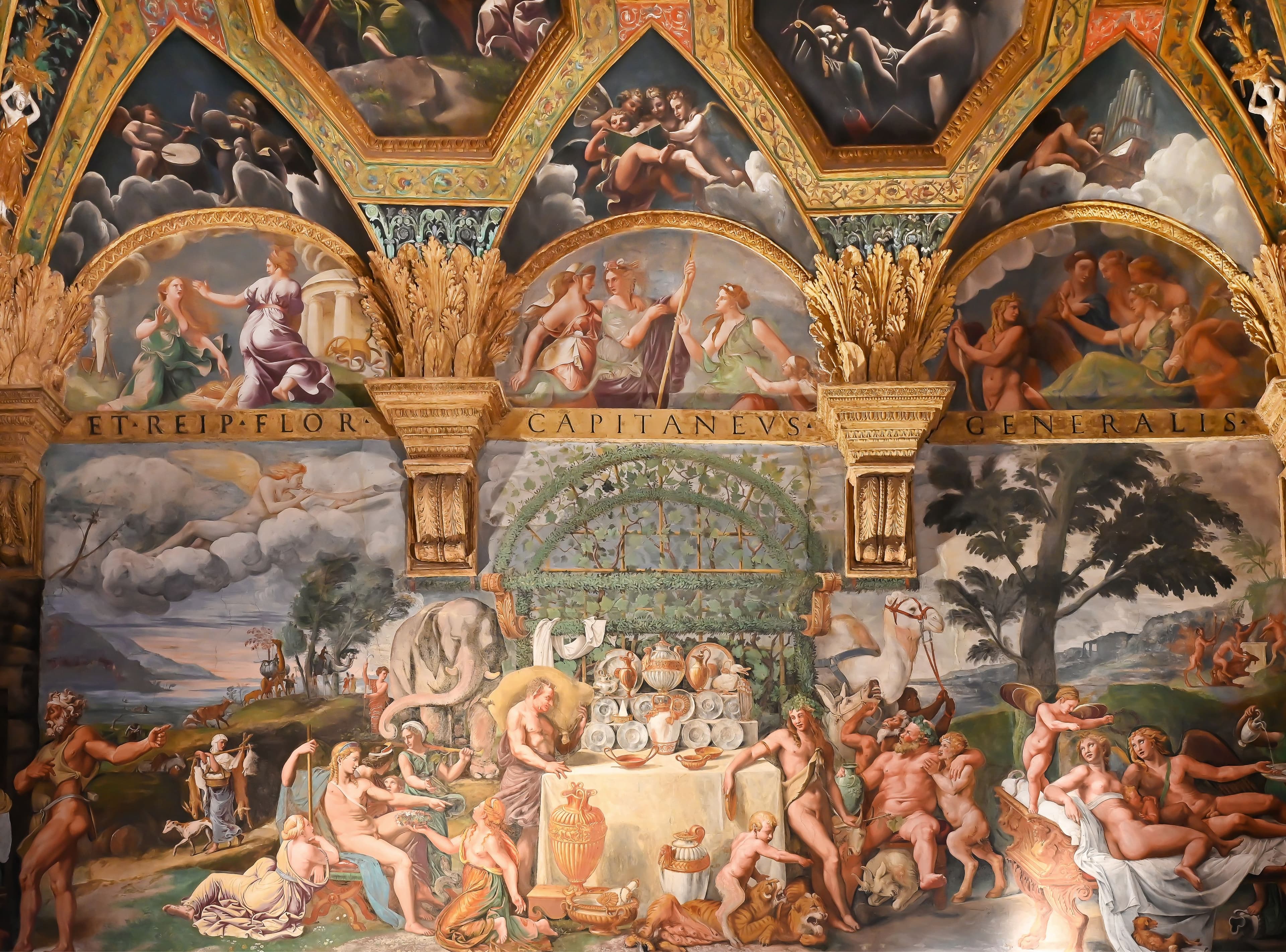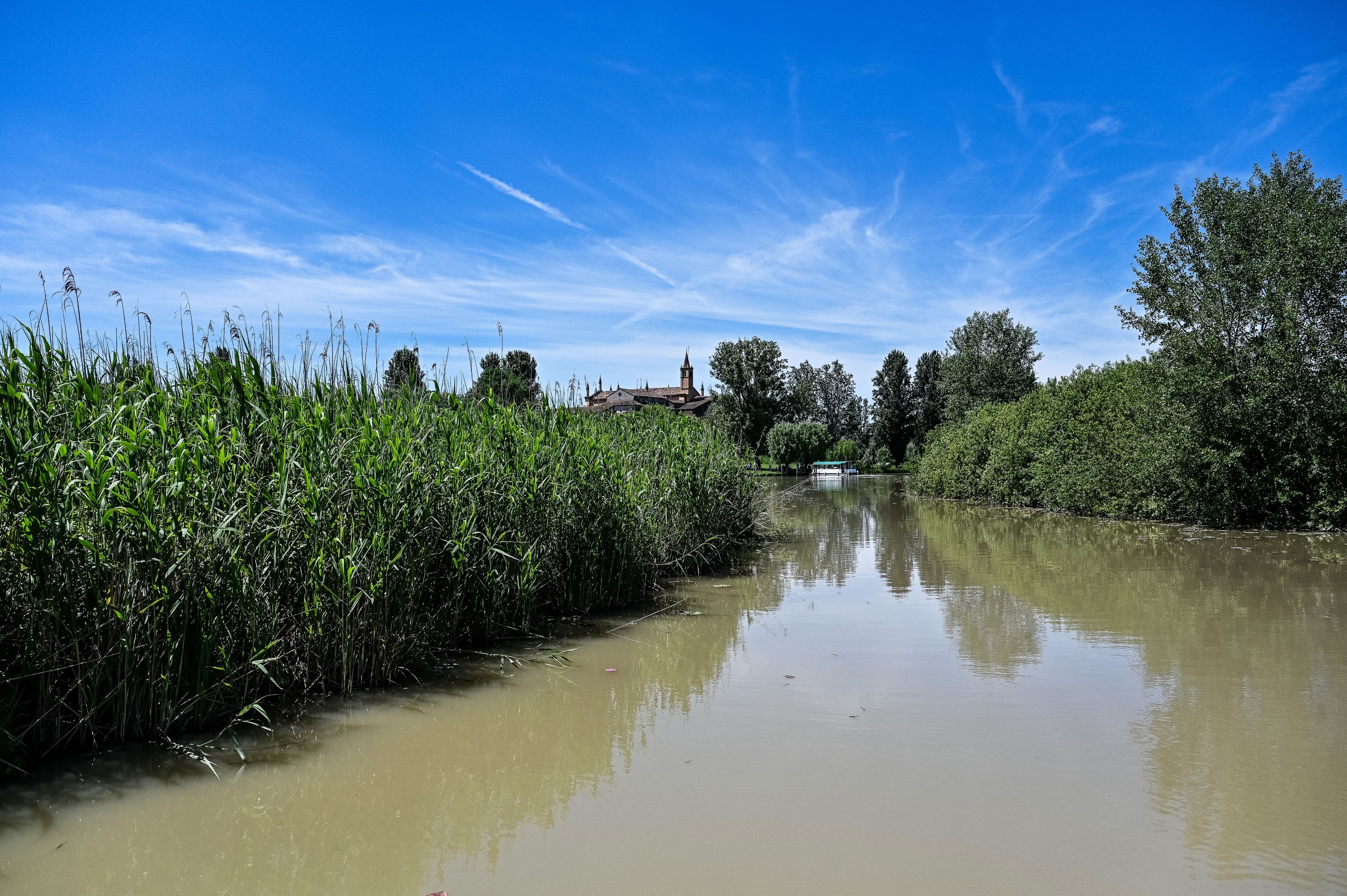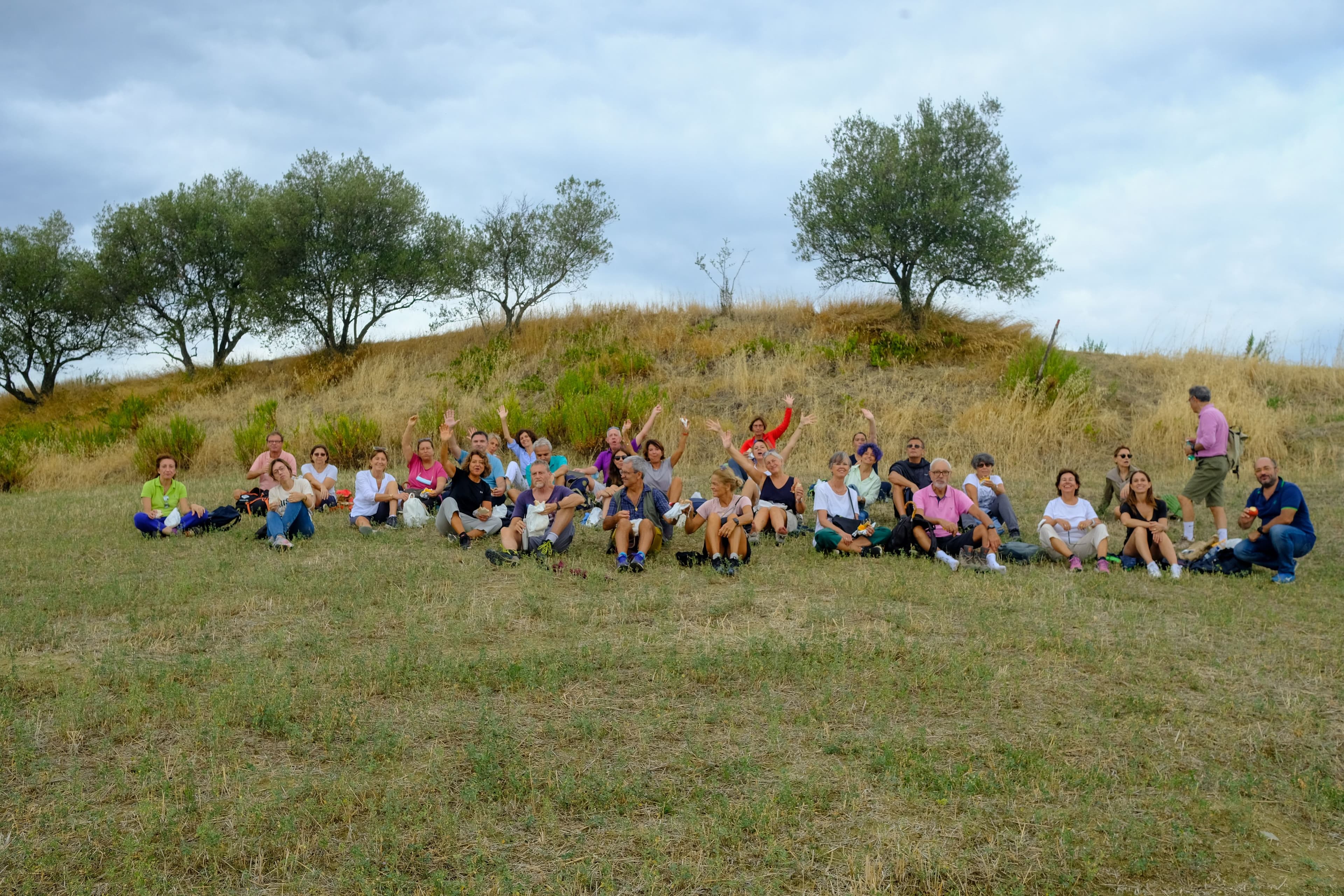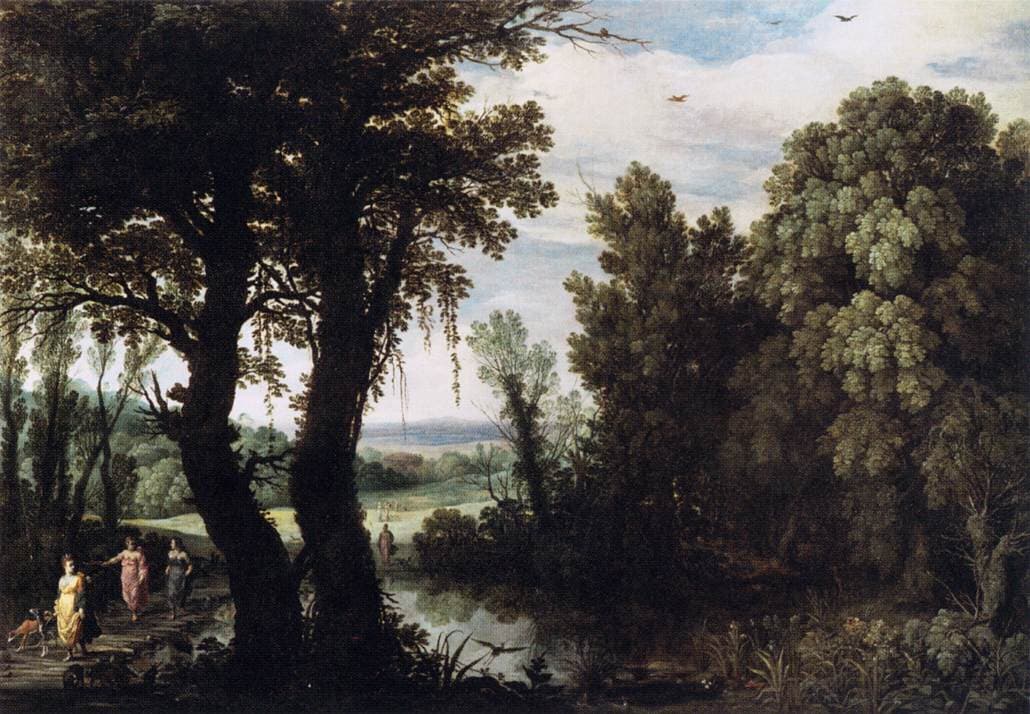




OUR MISSION
Double Path is a two-step experience which leads tourists to enjoy nature and art and to understand their interrelation. This is the reason why the first path leads visitors to explore an alluring natural environment while in the second path they approach artworks which can recall the landscapes previously visited.



Socialize and share your thoughts and emotions with your group members.
Escape from the frantic urban life and dive into the beauty of different landscapes. Practice your slow-looking observation: focus on plants, animals, smells and sounds. Keep in mind your immersive experience.
Once in the museum wonder about the connections between the landscapes you have just seen and the masterpieces you are watching. Again, practice your slow-looking skill and try to catch details or any reference to the natural world.
Share your observations with your group members. Provide your interpretation and exchange ideas.
HOW WE WORK
PATH 1
EXPLORING THE LANDSCAPE
This path is crucial to wind down, to reach mental and physical well-being through a direct contact with nature, by focusing on the shapes, sounds and smells of the surrounding natural environment. Along this path visitors can build up a small community by exchanging their observations, knowledge and emotions.
This is the right time for trekking, cycling or navigation, all activities would be guided by a local expert who would show the local ecosystem in terms of plants, animal species and geological features. The guide would make the group aware of what threats the habitat they are watching.
PATH 2
MAKING CONNECTIONS
After socializing the group is ready to face the second path during which museum guides would pave the way for a dialogue between the visitors and the artworks. This is the right time to make connections between the landscape previously explored and the artworks the viewers are looking at and most importantly between the same artworks and their personal lives.
We aim high in hoping that coming back home each participant will bring unforgettable landscapes, mesmerizing art images and above all a great deal of human empathy.


OUR METHOD
Our method aims at reigniting the emotions of the viewer towards nature and artistic heritage and seeking connections between them. Double Path is a way to frame e new “disposition”, a mental and spiritual approach . What the visitor gets from Double Path is not only a tour but rather a routine which starts from observation and thinking, goes through sharing emotions and assumptions about the artwork and ends by discovering the connections between the viewer’s life and the scene created by the artist.

One of the exercises the visitor can practise in the museum is to look at the artwork for 30 seconds and to jot down 10 words or sentences about the picture space and after a second observation to add other 10 words or sentences. Through these words the viewer can shape his/her perception of the artwork . Describing and sharing these observations with other people is a crucial moment of the museum and aesthetic experience.
INVENTORY

One of the exercises the visitor can practise in the museum is to look at the artwork for 30 seconds and to jot down 10 words or sentences about the picture space and after a second observation to add other 10 words or sentences. Through these words the viewer can shape his/her perception of the artwork . Describing and sharing these observations with other people is a crucial moment of the museum and aesthetic experience.
JUXTAPOSITION

Juxtaposition is a technique which aims at understanding the complexity of art. It can be introduced during a coffee break and it develops the skill of comparing two objects by spotting the differences and similarities, in order to see how opposite or complementary they are. This technique is frequently used in zoology and botanics, in our path it is a way to call the attention of the viewers to the different perspectives artists may have on the same subject.
TO SCALE

Scale in art refers to the dimensions of an artwork compared to its surroundings. During the museum visit the viewer’s attention is focused on how figures or objects can appear more or less realistic when compared with the figures or objects in life that they are representing. It will be also interesting to see the connection between the dimension of the artwork and its meaning.
KNOWLEDGE

Only after hypothesizing about what happens in the picture space and what the artist has meant , the guide will provide crucial information about the historical background , biography , patronage and the iconography of the work.
EXCHANGING IDEAS

Visitors often talk to each other while the guide is showing artworks , this is felt as a nuisance. On the contrary after the guide’s comment people should be allowed to discuss what they think about the works they have seen and if necessary to change their minds after confronting their hypothesis and the guide’s speech.
